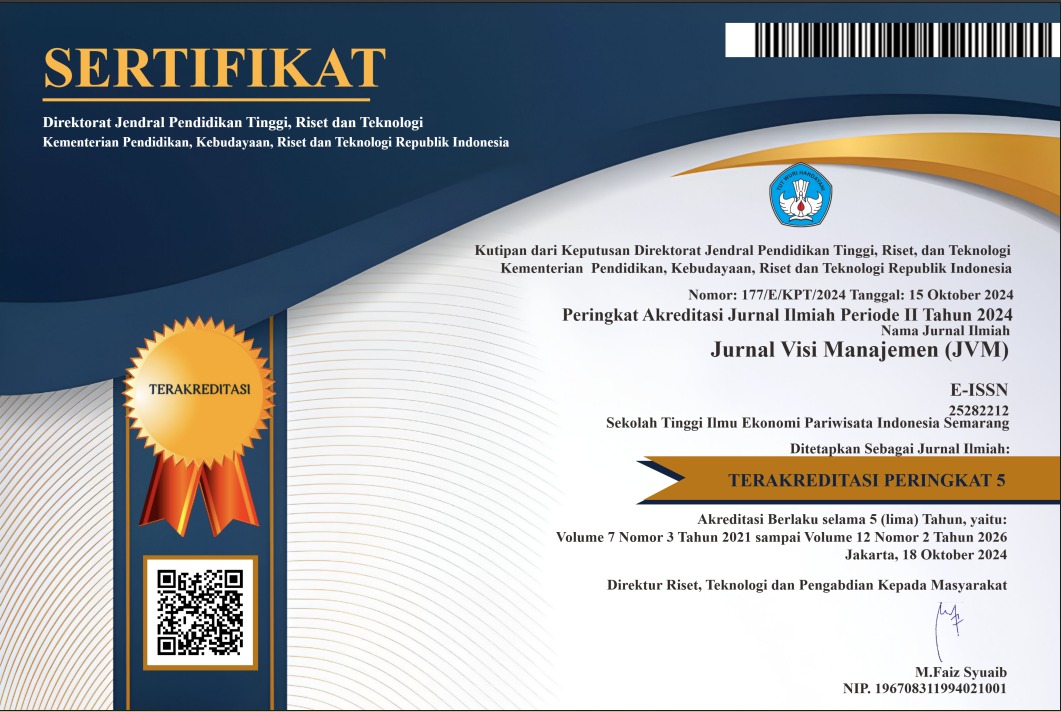Penerapan Ilmu Tata Kelola Keuangan Dalam Upaya Pengembangan Bisnis Pada Kangvifo Fnb
DOI:
https://doi.org/10.56910/jvm.v9i2.282Keywords:
Financial governance, Business DevelopmentAbstract
Kangvifo FnB is a business engaged in the service sector, Kangvifo was founded in February 2021 which was founded by several people to meet the community's needs for food and beverage product photo service providers, in Palu City there are many MSMEs so that this is a big business opportunity for Kangvifo FnB. In entrepreneurship, of course, it is necessary to apply the science of financial governance in order to develop a business so that it can develop. The purpose of this research is to find out the application of the science of financial governance in the Kangvifo FnB business. The research method uses qualitative data, the data source is primary data. Data collection techniques through interviews and documentation of financial reports from September to December. The results of this study indicate the application of the science of financial governance to the Kangvifo FnB business, which previously did not carry out financial management properly and after being assisted has carried out such planning as making a price list for the types of product photos to be photographed, sales targets, and has recorded reports. working capital, statement of cash flows, and statement of income
References
SANJAYA, P. K. A., & NURATAMA, I. P. (2021). TATA KELOLA MANAJEMEN & KEUANGAN USAHA MIKRO KECIL MENGENGAH.
Rianto, H., & Olivia, H. (2020). Penguatan Tata Kelola Dan Manajemen Keuangan Pada Pelaku Usaha Di Kawasan Wisata Tiga Ras Danau Toba. JMM (Jurnal Masyarakat Mandiri), 4(2), 291-29







